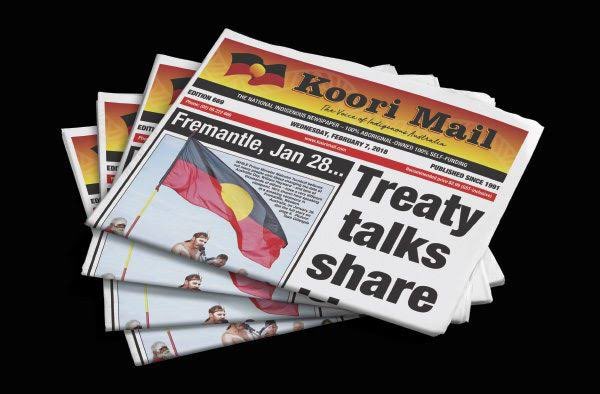
More on Blak Media, Indigenous journalism practice and - let’s face it, shameless self promotion on my last day of hosting this account: google.com/amp/s/amp.thea…
A few bits for anybody who doesn’t subscribe. “My intention is to bring elements of that journalistic practice to the stories I write for The Age. Sometimes this will involve educating my new editors about perspectives and concepts that they are not familiar with”…
“My exclusive with AFL champion Eddie Betts in the wake of the Taylor Walker racism scandal, …, neatly demonstrates the importance of bringing Blak journalistic practices into a newsroom.
Betts knew that I worked with different principles to other journalists. Many senior non-Indigenous journalists around the country desperately chased after Betts for that interview, but it was this Blackfulla who wrote the exclusive.
Betts was aware of my previous journalism and understood that I would work with him to convey what he felt was most important about the Walker incident, both the on-field remark and over the following days, the wider public response to it.
Betts knew I wouldn’t necessarily rush to the most sensational elements of his response. He appreciated that my approach would be slower, more considered, and more considerate.
Often when I go into regional and remote communities I hear accounts of how visiting journalists or media organisations have left them feeling exploited. Considerations of kinship and agency sets Blak journalistic practice apart from the usual approach to the discipline.
This compact also establishes a greater trust, which is – notoriously, in the public’s view – a measure that journalists and the media regularly fail to live up to.”
/thread.
• • •
Missing some Tweet in this thread? You can try to
force a refresh






